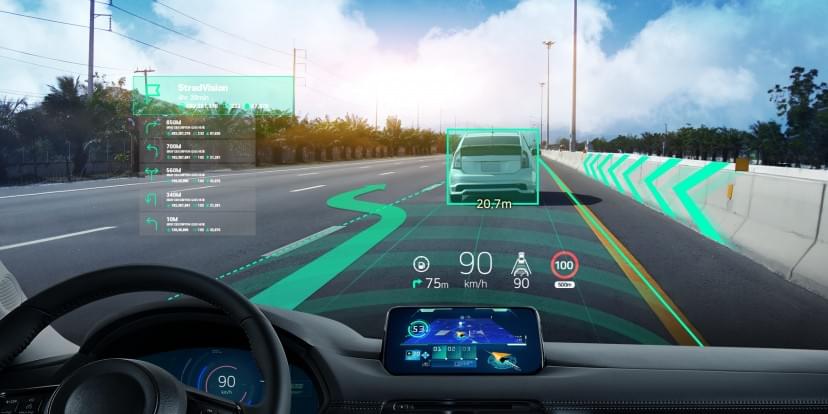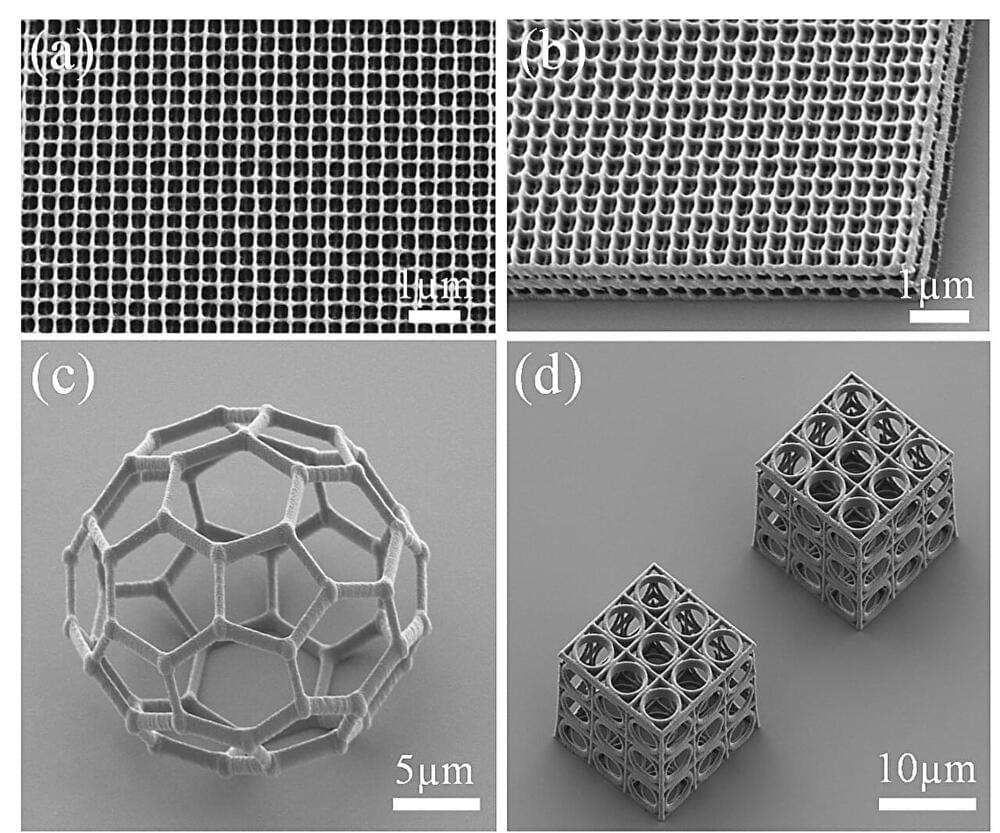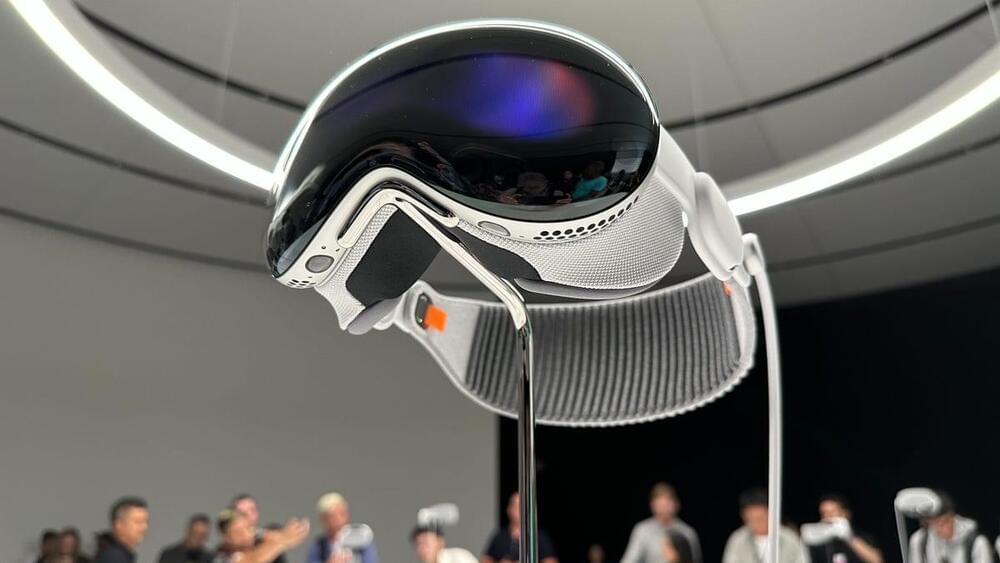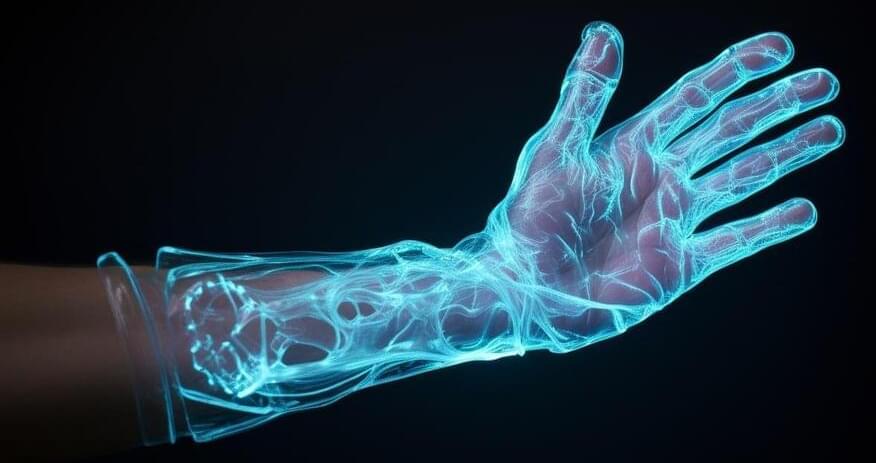The patented product, an AR windshield, utilizes a range of sensors such as visible light cameras and infrared cameras to create a 3D picture of the world.



Please see my new FORBES article:
Thanks and please follow me on Linkedin for more tech and cybersecurity insights.
More remarkably, the advent of artificial intelligence (AI) and machine learning-based computers in the next century may alter how we relate to ourselves.
The digital ecosystem’s networked computer components, which are made possible by machine learning and artificial intelligence, will have a significant impact on practically every sector of the economy. These integrated AI and computing capabilities could pave the way for new frontiers in fields as diverse as genetic engineering, augmented reality, robotics, renewable energy, big data, and more.
Three important verticals in this digital transformation are already being impacted by AI: 1) Healthcare, 2) Cybersecurity, and 3) Communications.

While Apple continues (or doesn’t continue) to develop its plans for a self-driving automobile, the company is proposing an advanced high-end technology for an augmented reality (AR) display system that would generate a bunch of information onto a vehicle’s windshield.
In a U.S. Patent Office filing last week, Apple described a graphical overlay on the glass in front of the driver that would provide information about the real-time environment as well as data about objects in the distance — humans included — along with the vehicle’s speed, suspension and other factors.
The system, which may borrow on Apple’s science being employed in its soon-to-be-released Vision Pro headsets, would rely on a variety of sensors to collect information about the surrounding environment. This could include visible light cameras, various types of infrared cameras, as well as ultrasonic and light-based scanning devices for building up a three-dimensional picture of the car’s surroundings. The patent also mentions the use of geographical positioning devices and radar devices.
Transparent Holographic video glass wall with 4k resolution.
Glimm has made for one of her clients a transparent video wall called as well holographic video wall indoor with holographic content and video s for indoor location.
The video wall exist of 8 panels of 55 inch TOLED displays which we have combined all together and hide the transformers and graphic cards in a small aluminium frame.
The resolution is 4K and the display is of glass in the glass.
Technology explaining :
TOLED stands for Transparent Organic Light-Emitting Diode. It is a display technology that combines the benefits of both OLED (Organic Light-Emitting Diode) and transparent displays.
In TOLED, each pixel of the display consists of a thin layer of organic materials that emit light when an electric current passes through them. These organic materials are sandwiched between transparent electrodes, typically made of indium tin oxide (ITO), which allow light to pass through.
One of the key advantages of TOLED is its transparency. When the display is not actively emitting light, it appears transparent, allowing users to see through it. This property makes TOLED suitable for applications where transparency is desired, such as in heads-up displays, smart windows, or augmented reality devices or in retail designs, advertisement or create a large TOLED video wall or Hologram 2D 3D.
TOLED also offers the benefits of OLED technology, including high contrast ratios, wide viewing angles, and fast response times. The organic materials used in TOLED displays can emit light directly, eliminating the need for a separate back lighting system, which contributes to their thin and lightweight design.
Besides the Transparent OLED technology we produce as well Transparent LED displays or Transparent LCD displays.
How to combine TOLED displays together?
1. Ensure compatibility: Make sure the Transparent OLED displays you are using are compatible with each other in terms of resolution, interface, and electrical requirements.
2. Physical alignment: Align the displays physically to create a larger display area. This typically involves arranging the displays side by side or in a grid formation. Use appropriate mounting brackets or frames to secure them in place.
3. Connection: Connect the displays together using the necessary cables or connectors. The specific connection method depends on the interface supported by the TOLED displays. Common interfaces include HDMI, Display Port, or other proprietary interfaces.
4. Synchronization: If required, synchronize the displays to ensure coordinated content across all the panels. This may involve configuring the displays through software or hardware synchronization methods. Consult the manufacturer’s instructions or documentation for guidance on synchronization options.
5. Display control: Depending on the setup and software capabilities, you may need to adjust display settings, such as resolution, refresh rate, or color calibration, to optimize the combined TOLED display.
6. Content management: Use appropriate software or programming techniques to distribute and display content across the combined TOLED displays. This could involve treating them as a single large display or as individual screens, depending on your requirements.
By following these steps, you can effectively combine multiple TOLED displays to create a larger and visually cohesive display area.
For further information call us : 0031652563455.
Please email: [email protected] or call our office +31505893112.
Contact:
Showroom.
Glimm Screens International.
Felland Noord 10
9753 TB Haren.
The Netherlands.
Registration office.
Glimm Screens B.V.
Keizersgracht 241 1016 EA Amsterdam.

Researchers have developed an easy-to-build, low-cost 3D nanoprinting system that can create arbitrary 3D structures with extremely fine features. The new 3D nanoprinting technique is precise enough to print metamaterials as well as a variety of optical devices and components such as microlenses, micro-optical devices and metamaterials.
“Our system uses a two-step absorption process to realize 3D printing with accuracy reaching the nanometer level, which is suitable for commercial manufacturing,” said research team leader Cuifang Kuang from the Zhejiang Lab and Zhejiang University, both in China. “It can be used for a variety of applications such as printing micro or nanostructures for studying biological cells or fabricating the specialized optical waveguides used for virtual and augmented reality devices.”
Conventional high-resolution 3D nanoprinting approaches use pulsed femtosecond lasers that cost tens of thousands of dollars. In Optics Letters, Kuang and colleagues describe their new system based on an integrated fiber-coupled continuous-wave laser diode that is not only inexpensive but also easy to operate.


Summary: Researchers created a revolutionary tiny and efficient thermoelectric device, which can help amputees feel temperature with their phantom limbs.
Known as the wearable thin-film thermoelectric cooler (TFTEC), this device is lightweight, incredibly fast, and energy-efficient, potentially revolutionizing applications such as prosthetics, augmented reality haptics, and thermally-modulated therapeutics. Additionally, this technology has potential in industries like electronics cooling and energy harvesting in satellites.
The study conducted to test the TFTEC demonstrated its ability to elicit cooling sensations in phantom limbs, doing so significantly faster, with more intensity, and less energy than traditional thermoelectric technology.
Microsoft has confirmed that they will deliver around 20 prototypes of its improved HoloLens technology for testing with the US Army in August.
The United States Army will test Microsoft’s HoloLens-based combat goggles again this month, Engadget.
Microsoft.
Slimmer and lighter.
This video explores Super Intelligent AIs and the capabilities they will have. Watch this next video called Super Intelligent AI: 10 Ways It Will Change The World: https://youtu.be/cVjq53TKKUU.
► My Business Ideas Generation Book: https://bit.ly/3NDpPDI
► Udacity: Up To 75% Off All Courses (Biggest Discount Ever): https://bit.ly/3j9pIRZ
► Jasper AI: Write 5x Faster With Artificial Intelligence: https://bit.ly/3MIPSYp.
Official Discord Server: https://discord.gg/R8cYEWpCzK
Patreon Page: https://www.patreon.com/futurebusinesstech.
💡 Future Business Tech explores the future of technology and the world.
Examples of topics I cover include:
• Artificial Intelligence & Robotics.
• Virtual and Augmented Reality.
• Brain-Computer Interfaces.
• Transhumanism.
• Genetic Engineering.
SUBSCRIBE: https://bit.ly/3geLDGO
Disclaimer:
This video explores Super Intelligent AI and 10 scientific discoveries it could make. Watch this next video called Super Intelligent AI: 10 Ways It Will Change The World: https://youtu.be/cVjq53TKKUU.
► My Business Ideas Generation Book: https://bit.ly/3NDpPDI
► Udacity: Up To 75% Off All Courses (Biggest Discount Ever): https://bit.ly/3j9pIRZ
► Jasper AI: Write 5x Faster With Artificial Intelligence: https://bit.ly/3MIPSYp.
SOURCES:
• https://www.britannica.com/science/tachyon.
• https://plato.stanford.edu/entries/qm-manyworlds/#:~:text=Th…ion%20(MWI, and%20thus%20from%20all%20physics.
Official Discord Server: https://discord.gg/R8cYEWpCzK
Patreon Page: https://www.patreon.com/futurebusinesstech.
💡 Future Business Tech explores the future of technology and the world.
Examples of topics I cover include:
• Artificial Intelligence & Robotics.
• Virtual and Augmented Reality.
• Brain-Computer Interfaces.
• Transhumanism.
• Genetic Engineering.
SUBSCRIBE: https://bit.ly/3geLDGO